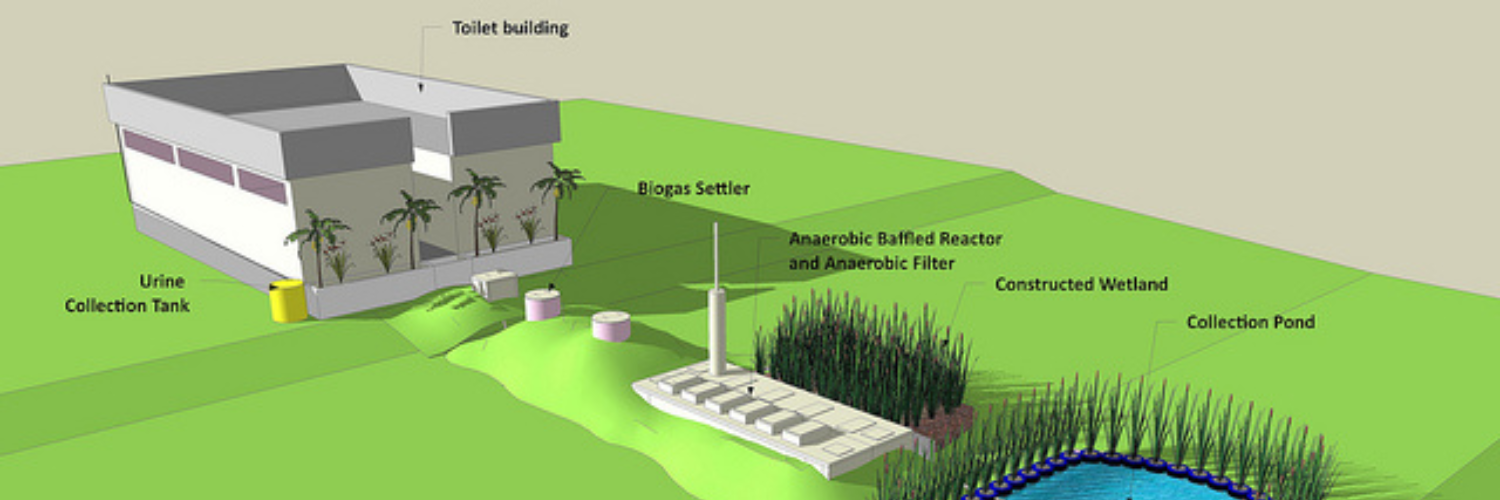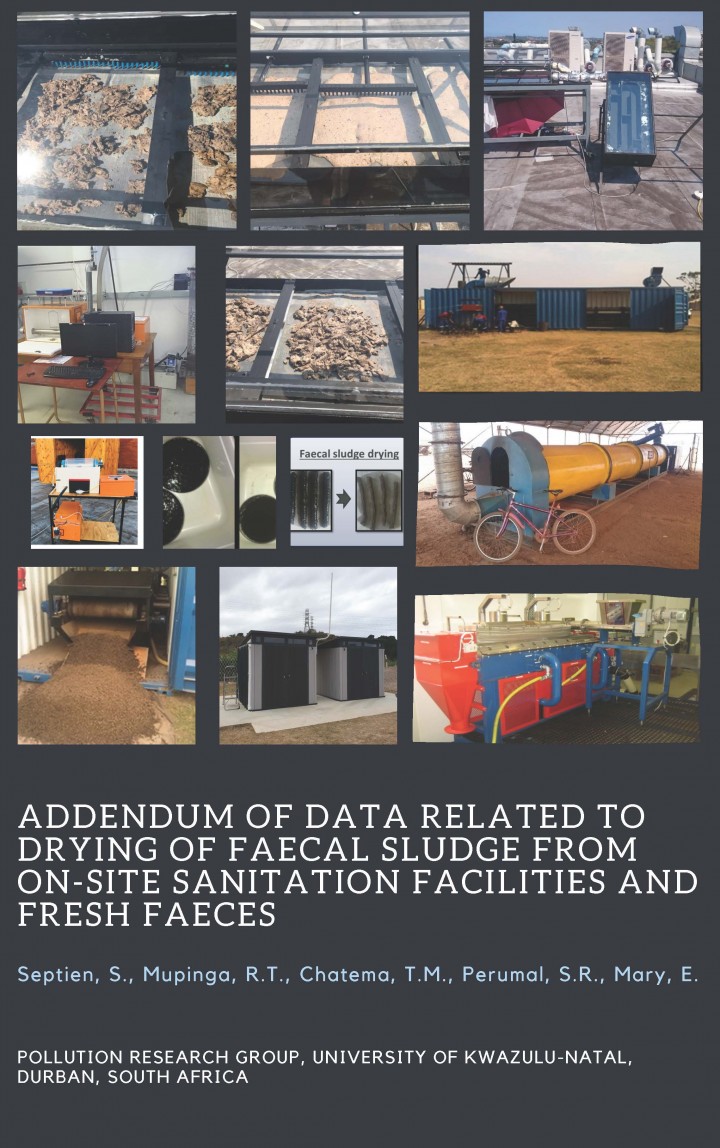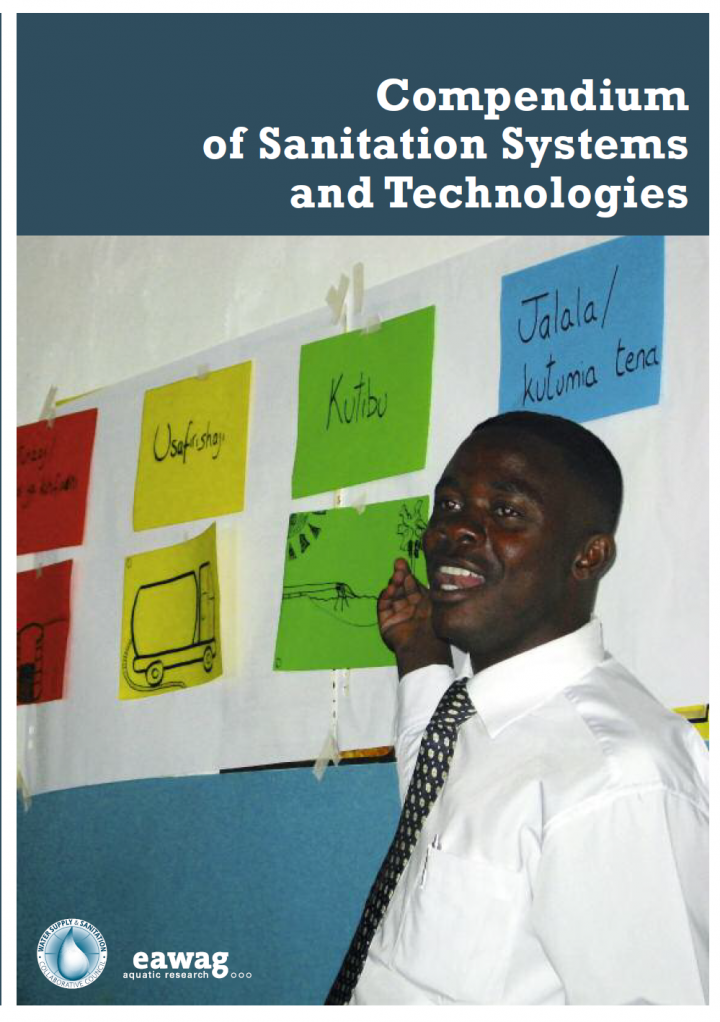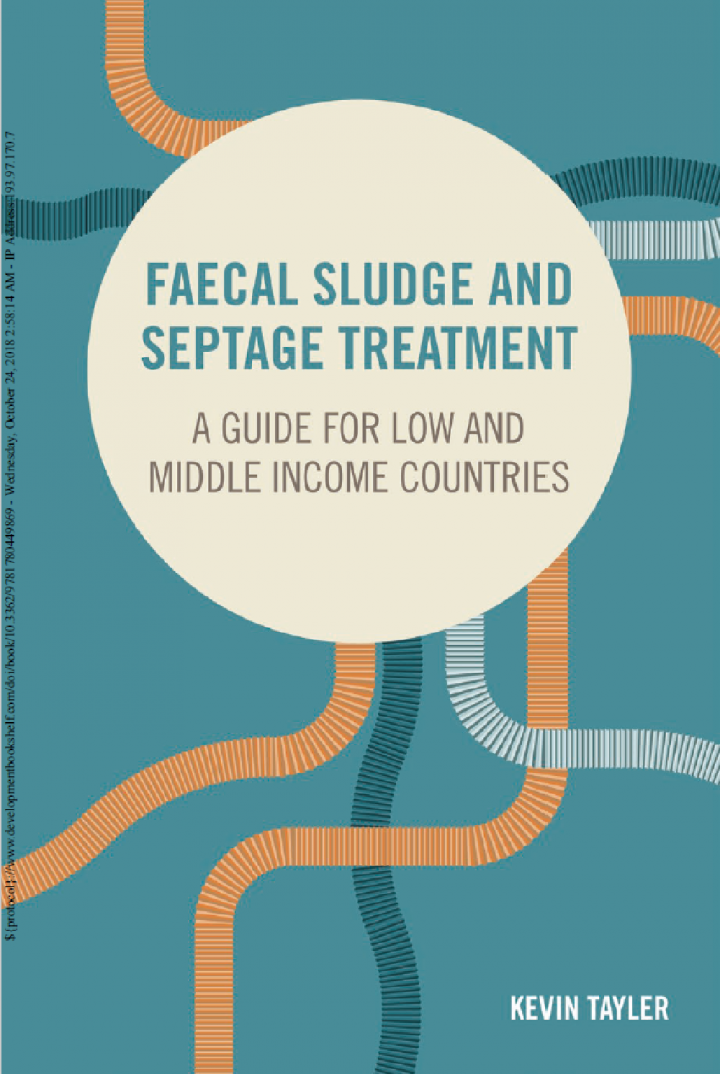Background: Why focus on sanitation systems and technology options?
Appropriate technology plays a crucial role for every sanitation system. Together with economic considerations, it is a decisive factor for the success of a sanitation system. One of the challenges for improving sanitation in low and middle income countries is to acquire sound knowledge of the wide range of sanitation options to assure informed decision making for the most feasible sanitation system.
This technology should be chosen according to health and hygiene as well as ecological, economical and financial factors and should best fit to the site-specific context. The technology selected should consider the entire sanitation chain, from the point of excreta generation through collection, transportation, treatment and safe use of treated material.
Objectives
This working groups aims at delivering adequate information on all sustainability criteria of different sanitation systems and technologies. This includes possible sanitation technology configurations, and will facilitate decision making, implementation and operation.
Ways to get involved
As a SuSanA member, you are welcome to participate in the WG4 activities. Sign-up for the WG mailing list to be updated on the most recent news and events. You can contact us to inquire or share thoughts on how you are able to lead or contribute to one of the following activities (or any activities you judge relevant and significant to the WG):
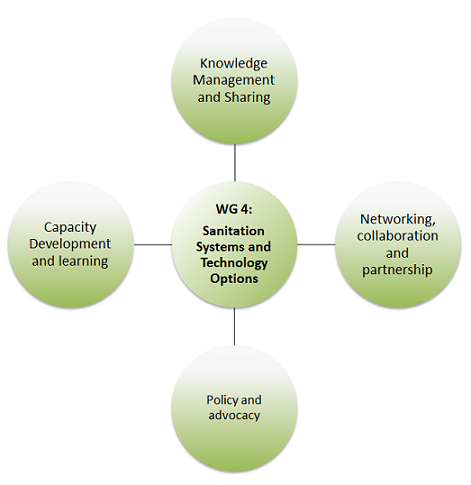
Knowledge management and sharing
- Share information and resources related to sanitation systems and technologies options (scientific papers, toolboxes, case studies, factsheets, technical drawings, BoQ, SOP, best practices)
- Assemble a top 10 list of key documents to post on the SuSanA website
- Become part of the Sanitation Wikipediateam and upgrade articles related to sanitation systems and technology options
Capacity development and learning
- Provide information on up-coming capacity development activities (workshops, e-learning courses, training programs, webinars)
- Share relevant learning material to help practitioners develop their skills (manuals, powerpoint presentation, MOOC)
Networking, collaboration and partnership
- Promote networking, exchange and help people to connect within the WG and outside
- Develop/strengthen partnership and collaboration within the sector
- Organise and encourage active participation in events (offline and online)
- Provide links to other networks and community of practices
Policy and advocacy
- Use practical evidence (tried and tested concepts) to influence technical regulations, standards and guidelines
- Raise awareness and advocate for a more holistic approach to sanitation
Charles Niwagaba
Makerere University Kampala • Uganda
Chris Zurbruegg
EAWAG/SANDEC • Switzerland
Sudhir Pillay
WRC • South Africa
